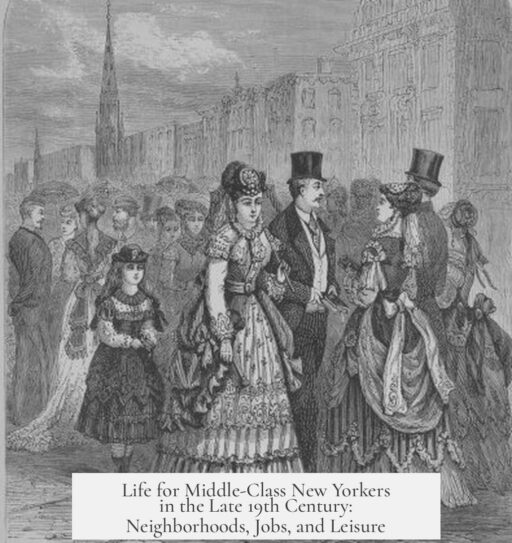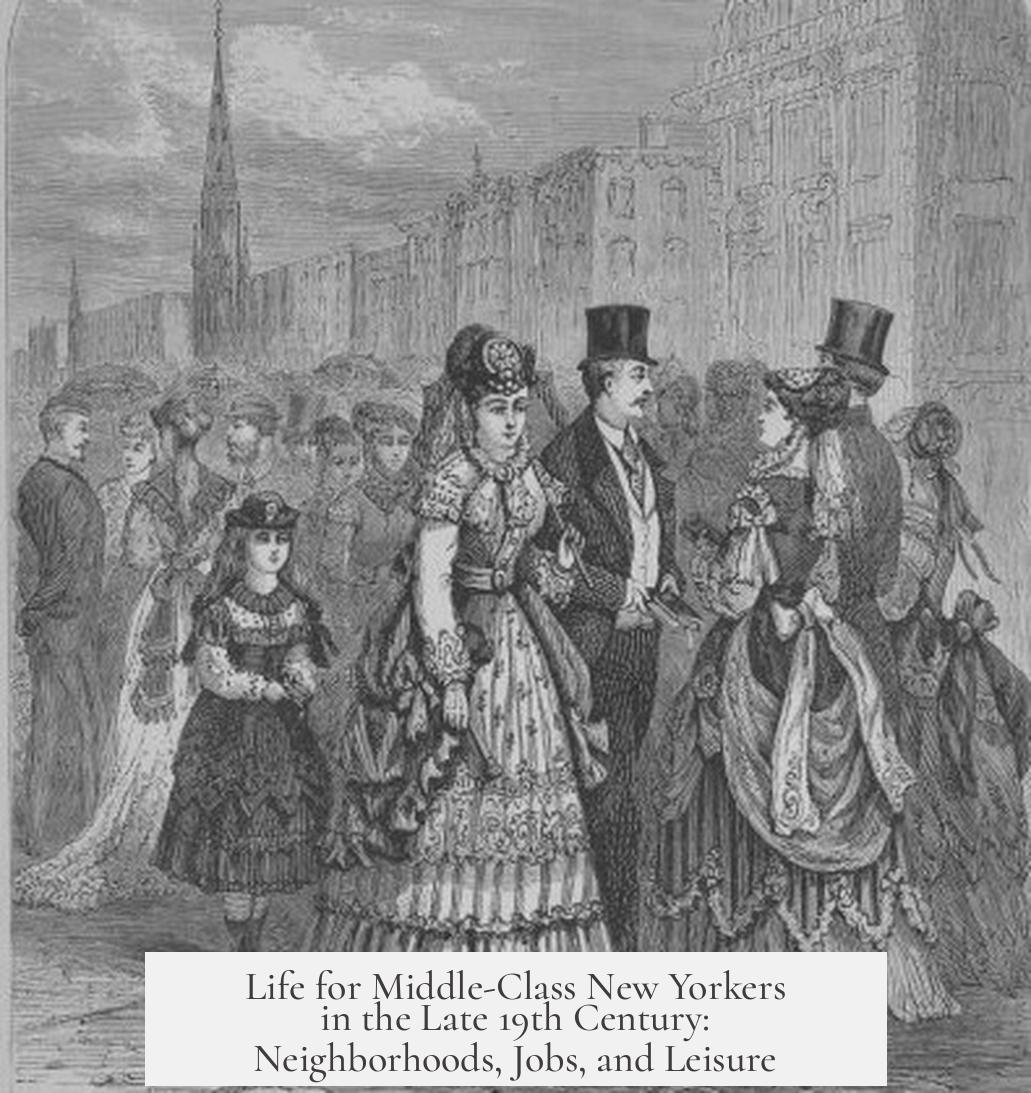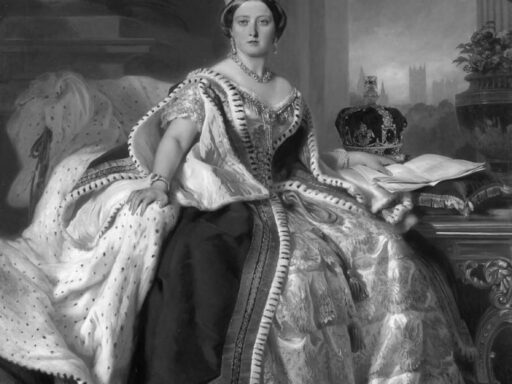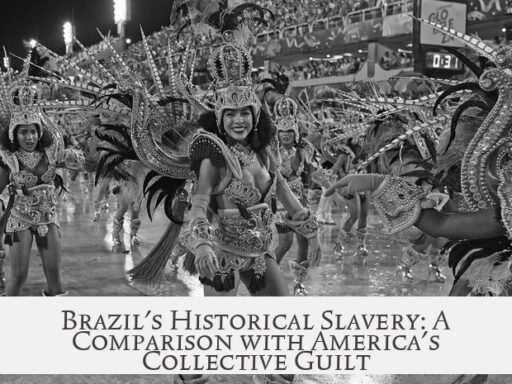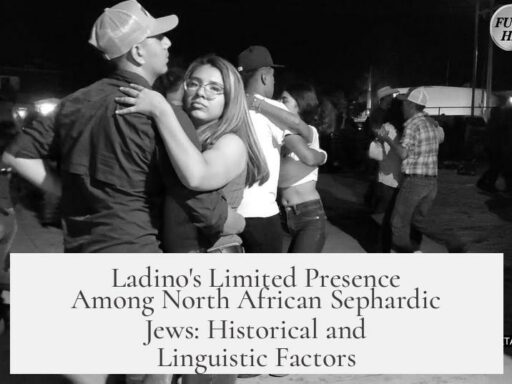Life for middle-class New Yorkers in the late 19th century varied widely depending on factors like ethnicity, neighborhood, and economic opportunities, but many shared common experiences linked to work, housing, dining, and leisure activities.
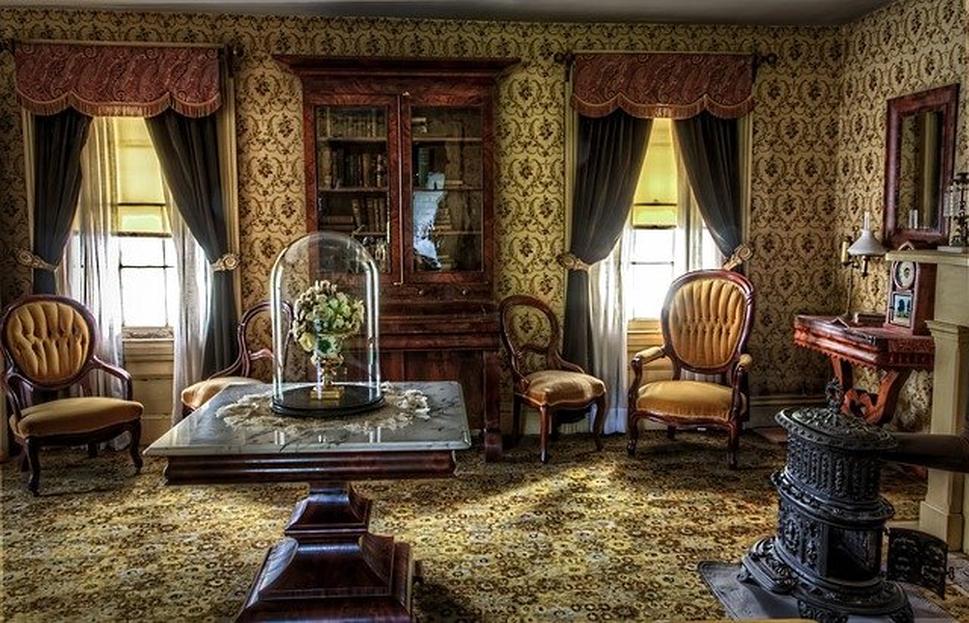
New York City in this period was expanding rapidly. Manhattan’s residential areas moved northward from downtown toward Harlem, transforming rural land into neighborhoods. This shift influenced where middle-class families lived. Generally, the East Side was more affordable, while the West Side offered more upscale housing. Immigrant communities clustered in distinct enclaves such as Little Italy, Chinatown, and the Lower East Side. Harlem began developing as a predominantly Black residential area by the 1880s, drawing African Americans from the South and native New Yorkers alike.
The middle class in this era often resembled what would be called “working class” today. Many had blue-collar or skilled trade jobs. Common occupations listed in an 1887 directory included carpenters, clerks, shoemakers, brokers, tailors, dressmakers, and painters. Women frequently worked, especially when their family needed extra income. However, when financially possible, women stayed home to raise children during school years.
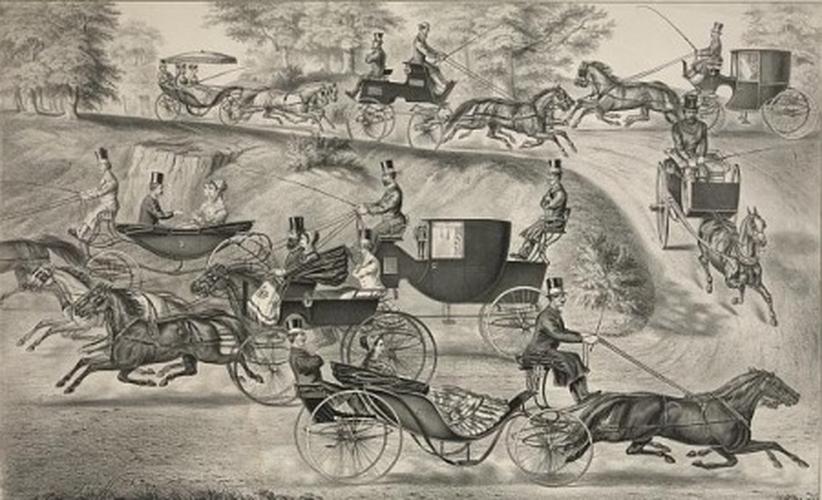
Education beyond high school remained mostly inaccessible to the typical middle-class family. Public schooling was available and relatively advanced for its time, but college was primarily for the upper class. Without modern social safety nets, families often handled multiple generations under one roof. Grandparents requiring care and sick children made family life more challenging. Limited medical knowledge meant school attendance for some children was impossible, sometimes resulting in children being placed in orphanages due to resource constraints.
Dining habits reflected ethnic diversity. Middle-class New Yorkers enjoyed a variety of cuisines in restaurants including American, English, French, German, Italian, Jewish, and increasingly Chinese by the century’s end. Typical American dishes did not include foods like pizza or hamburgers yet; they ate pot roast, sausages, roasted poultry, meat pies, and seafood such as oysters. Oysters were especially popular, and oyster houses were common. Street vendors sold peanuts, popcorn, candy, ice cream, soda, waffles, and fruit, providing affordable snacks.
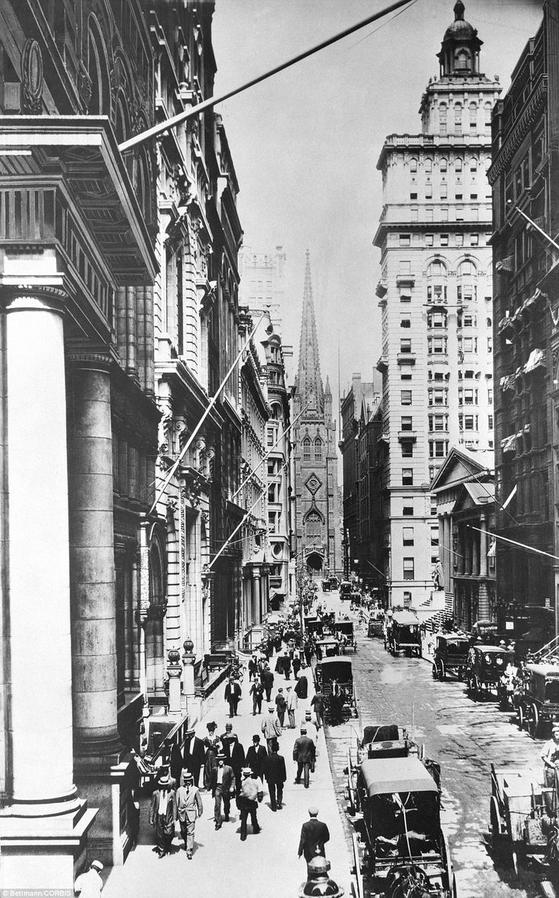
Leisure for middle-class New Yorkers included weekend outings to places like Coney Island and City Island in the Bronx. Boating excursions around South Bay and Long Island Sound also catered to this group. Travel beyond the city was possible via the expanding railroad network based out of Grand Central Station, reaching New York State and New England. However, vacations were rare for many workers since six-day workweeks dominated and paid holidays were limited. The labor movement was just starting to push for shorter hours and five-day weeks.
| Aspect | Details |
|---|---|
| Neighborhoods | East Side affordable, West Side upscale; immigrant enclaves like Little Italy, Chinatown, Harlem developing from 1870s |
| Occupations | Trades, clerks, dressmakers, brokers, carpenters; women worked especially outside school years |
| Education | Public schooling common; college limited to upper classes |
| Dining | Varied cuisines; oysters popular; increasing presence of Jewish & Chinese foods; plentiful street food |
| Leisure | Coney Island weekends, boating trips; limited travel and vacation due to work hours |
Middle-class life lacked many modern conveniences and social protections. Families balanced hard work with caring responsibilities and limited leisure prospects. Yet, the city offered cultural variety, employment opportunities, and expanding neighborhoods that shaped daily routines. By the end of the century, shifts such as growing immigrant populations, changes in transportation, and early labor activism set the stage for 20th-century urban life.
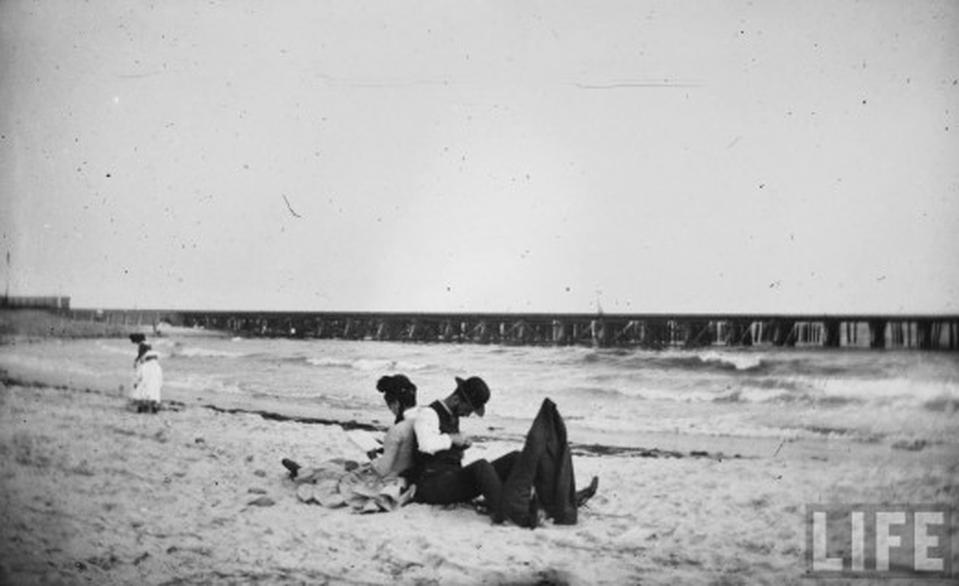
- Middle-class New Yorkers lived in evolving neighborhoods with distinct ethnic identities.
- Typical jobs were blue-collar or skilled trades, with women contributing when needed.
- Public education existed, but college was mostly restricted to elites.
- Diet included American and international cuisines, with oysters and street foods common.
- Leisure included weekend outings, but work schedules limited vacations.
What Was Life Like for Middle-Class New Yorkers in the Late 19th Century?
Life for middle-class New Yorkers in the late 19th century was multifaceted and depended heavily on time, place, ethnicity, and social status within the middle class itself. If you picture a bustling cityscape stretching from the already crowded downtown through emerging neighborhoods uptown, you’re halfway there. But let’s peel back the layers one by one—because, truth be told, one size did not fit all.
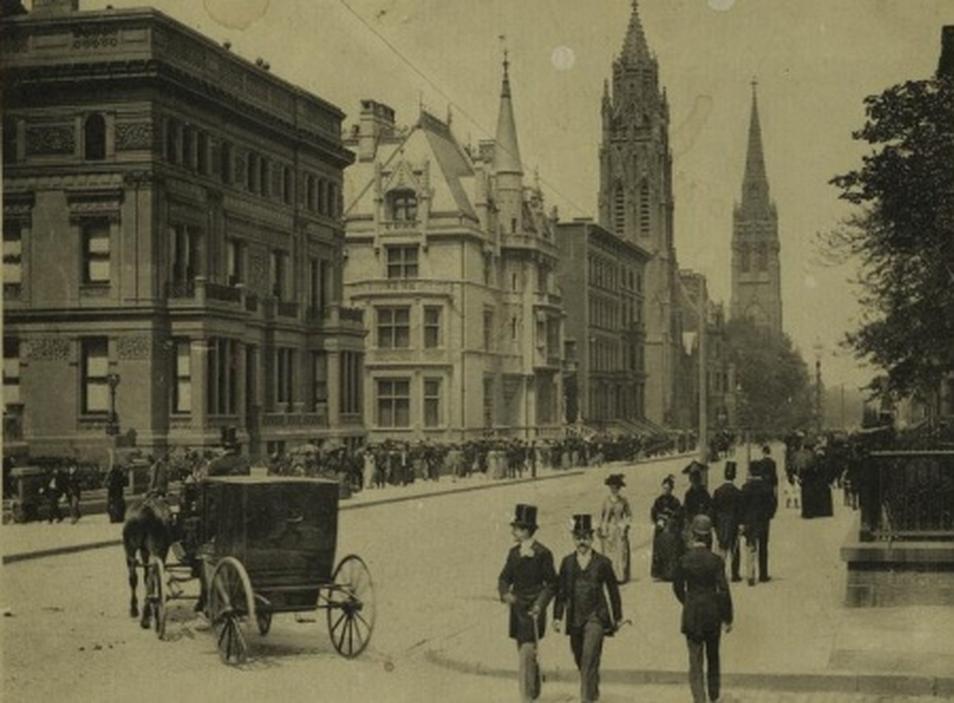
New York City of the late 1800s was rapidly evolving. What life looked like in 1851 versus 1899 shifted dramatically along with the city’s aggressive growth. Couple that with the diversity of middle-class residents—white native New Yorkers, African Americans, German, Italian, Jewish immigrants and more—and you get a spectrum of experiences that shaped daily existence differently for each group.
A City of Diverse Experiences
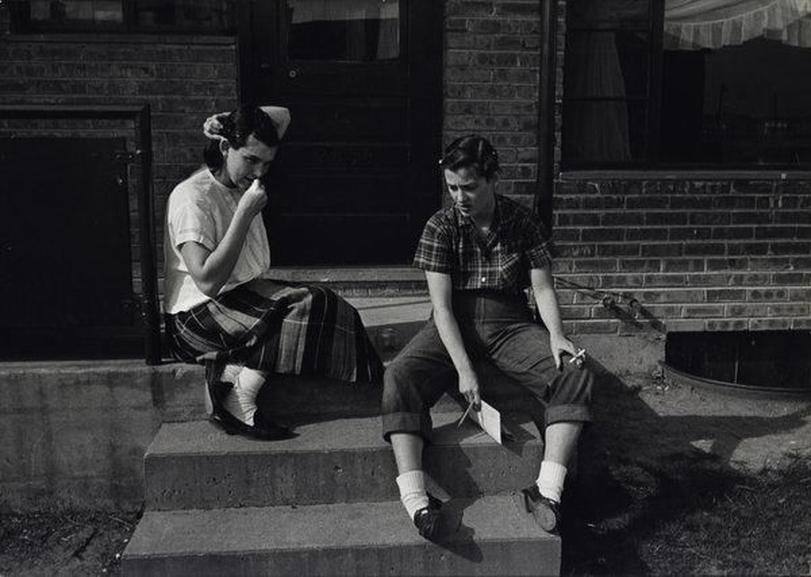
Imagine the same “middle class” label worn by different people with very different lives. A native white family might enjoy relative stability. Immigrants, especially in the Lower East Side or enclaves like Little Italy, Chinatown, and the Bowery, faced challenges that shaped their routines, housing, and work opportunities. And let’s not forget Harlem, initially rural, which by the turn of the century became a home for black New Yorkers moving north from downtown and Southern states.
This diversity meant that your middle-class experience was heavily influenced by your neighborhood, your background, your race, and your timing. So, when someone asks, “What was life like for middle-class New Yorkers in the late 19th century?” the answer depends on who you’re talking about exactly.
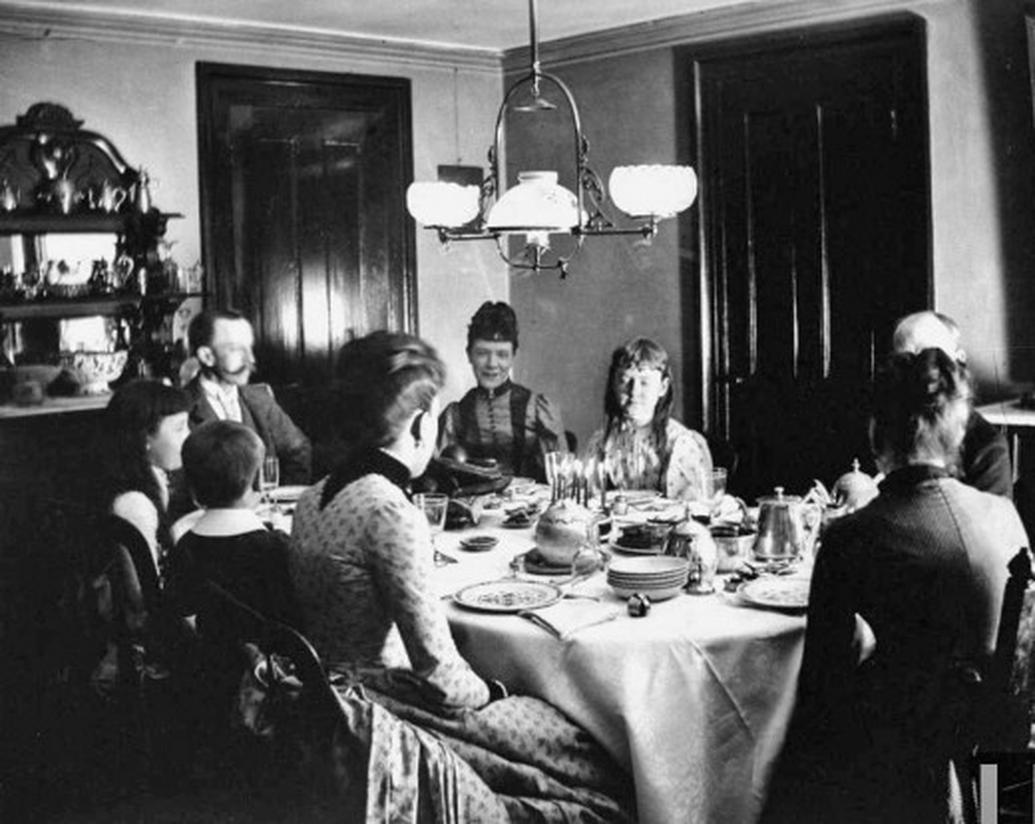
Where They Lived: Neighborhoods and City Shape
Manhattan aggressively pushed northward in these decades. Jobs clustered downtown, while most middle-class residences hugged the stretch from Houston Street to just past Central Park. North of Central Park, it stayed rural longer but gradually urbanized.
The East Side was a cheaper option, bustling with immigrant communities. The West Side? Definitely the ritzy area where wealthier middle-class residents lived. Families carefully chose neighborhoods balancing affordability, accessibility to work, and social networks, influenced greatly by ethnic enclaves.
What They Did: Jobs and Work
The late 1800s middle class was mostly blue collar and closely tied to trades and services. Peek at an 1887 directory and you’ll see quite an eclectic mix of occupations:
- Carpenters, painters, shoemakers, tailors, and furniture-makers reflecting hands-on skilled labor.
- Clerks, brokers, agents hinting at the growing business and administrative sector.
- Specialized roles like piano tuners and organ builders showing a culturally rich demand.
- Even cigar-makers and butchers, staples of a working city’s life.
Women, too, often worked. If families were well-off, women tended to stay home raising children. But working wives weren’t rare, especially when household income needed a boost or wealth was more modest.
Dining and Food: A Taste of the Times
Restaurants in the 1870s offered American, English, French, German, Italian, Jewish, and Chinese cuisines. Surprisingly, classic American staples then did not include pizza, hot dogs, or hamburgers. Instead, dishes featured pot roast, sausages, roasted poultry, meat pies, and plentiful seafood—especially oysters. Oyster houses literally dotted every corner of the city.
Street food was alive and kicking. From popcorn and peanuts to ice cream and waffles, middle-class New Yorkers grabbed quick bites while navigating noisy streets. Sodas and candy were easy to find treats after a day’s work.
Non-White Middle Class: Silent Contributors with Silent Struggles
Non-white middle-class New Yorkers were fewer but present and significant. Their opportunities were limited compared to what we might expect today. Social safety nets like Social Security or Medicare were decades away. Medical care was often minimal or ineffective, which meant families carried a heavy burden.
Many middle-class homes housed extended family with grandparents depending on relatives, and sick children unable to attend school. Sadly, families often faced heartbreaking decisions, sometimes placing unwell children in orphanages due to lack of resources to provide care.
In essence, middle-class for many meant endurance as much as stability.
How They Unwound: Leisure and Travel
Despite life’s hardships, middle-class New Yorkers found ways to enjoy themselves. The rise of Coney Island as a weekend hotspot is a perfect example. For families seeking a break from city grind, the shore and amusement parks were a respite. City Island in the Bronx and boating trips out on the Long Island Sound appealed to weekend adventurers.
Travel beyond New York City was technically possible. From Grand Central Station, New Yorkers could reach anywhere in New York State or New England. Heading west required a ferry to Jersey City for onward rail travel.
That said, vacations in the modern sense were rare. Most worked six-day weeks. Paid vacation and five-day workweeks were battles still being fought by laborers.
Wrapping It Up: What Can We Learn?
Life for the middle class was not monolithic. It was shaped by neighborhood, ethnicity, time period, and social standing. Their work was often physically demanding and blue collar. Women contributed either by managing homes or earning alongside their husbands. Food was hearty and diverse, mixed with new immigrant flavors and hearty American staples.
For many, city life offered opportunity but also hardship, especially for minorities without social safety nets. Leisure was limited but cherished, focused on local escapes and social gatherings.
Imagine walking through a late 19th-century Manhattan street. You smell fresh-baked bread mixing with oyster shucks on the corner while children buy candy from a street vendor. Nearby, men hang their carpenter aprons after long workdays, and women chat over early evening coffee. The city pulses with growth and diversity—but also struggle and hope.
What does this say to us today? How we define “middle class” and urban life has roots deep in these daily experiences—complex, imperfect, yet ever-evolving.
